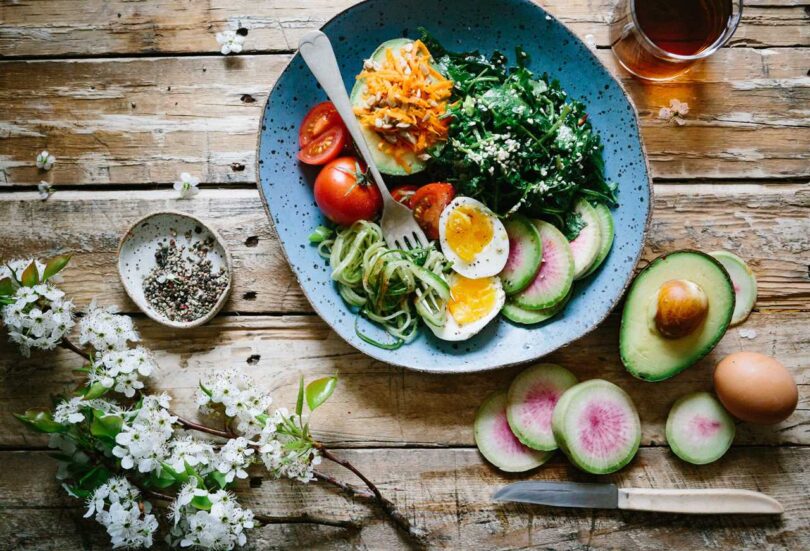
Are you tired of feeling limited in the kitchen, longing for the freedom to create delicious meals with ease? Look no further!
In this article, we’ll delve into the world of mastering essential cooking techniques, empowering you with the knowledge and skills to elevate your culinary prowess.
From perfectly caramelized onions to mouthwatering oven-baked chicken, we’ll explore a plethora of tips and tricks that will set you free to create culinary masterpieces.
Get ready to unleash your inner chef and unlock a world of culinary freedom!
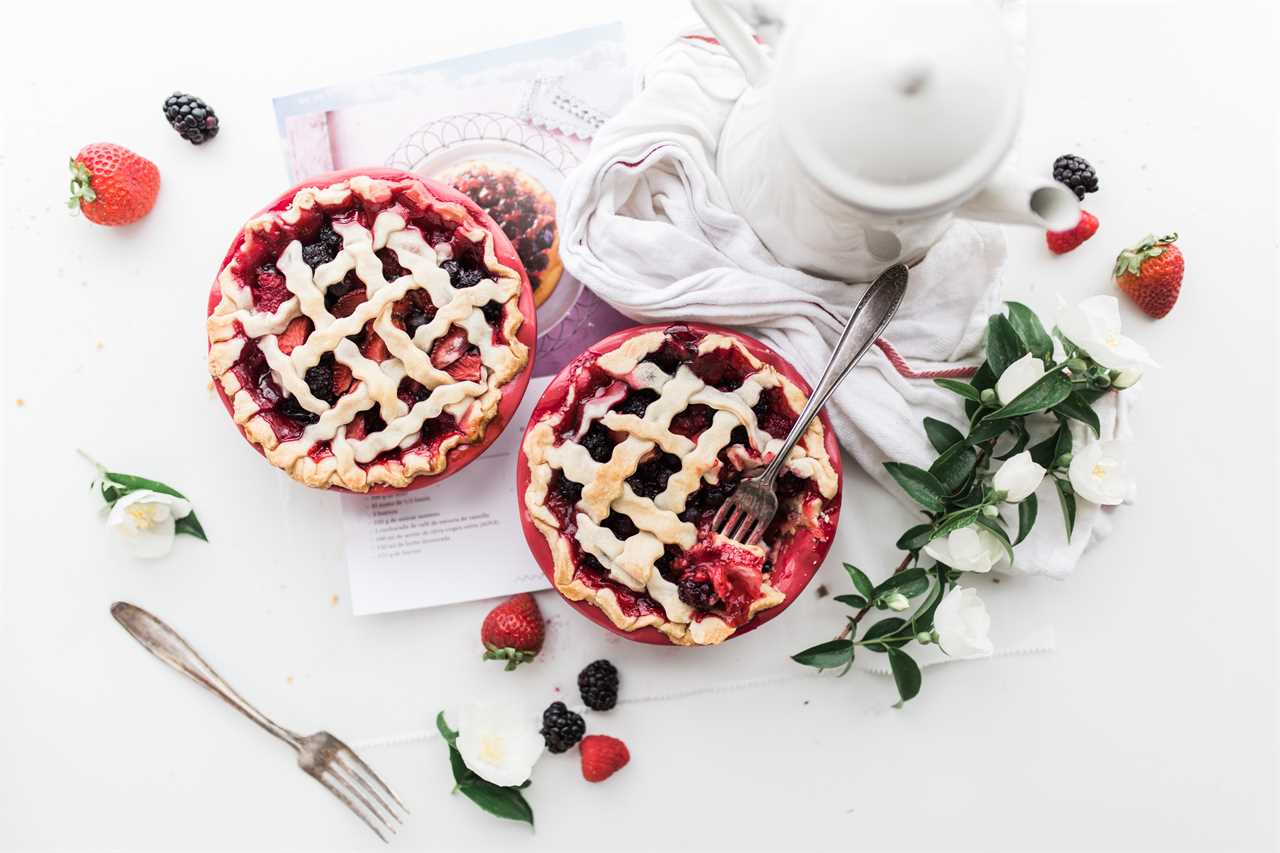
Key Takeaways
- Cook onions first, add garlic towards the end to avoid burning.
- Enhance tomato sauce by adding a tablespoon of brown or white sugar.
- Use mayo in the egg-and-bread crumbs coating for oven-baked chicken.
- Cut the bottom off limes or lemons before juicing to prevent juice from getting trapped.
Cooking Onions and Garlic
To avoid burning the garlic, make sure to cook the onions first and add the garlic towards the end.
Caramelizing onions creates a rich, sweet flavor that forms the base of many dishes. Start by sautéing sliced onions in a pan with a little oil or butter over medium-low heat. Cook them slowly, stirring occasionally, until they turn golden brown and soft. This process can take around 30 minutes, but the result is worth it.
As the onions cook, their natural sugars caramelize, adding depth and sweetness to your dish. Towards the end of the onion cooking process, add minced garlic to the pan. Garlic infuses the oil and releases its aromatic flavor, enhancing the overall taste of your dish.
Remember, cooking the onions first and adding the garlic later ensures that the garlic doesn’t burn, keeping the flavors balanced and harmonious.
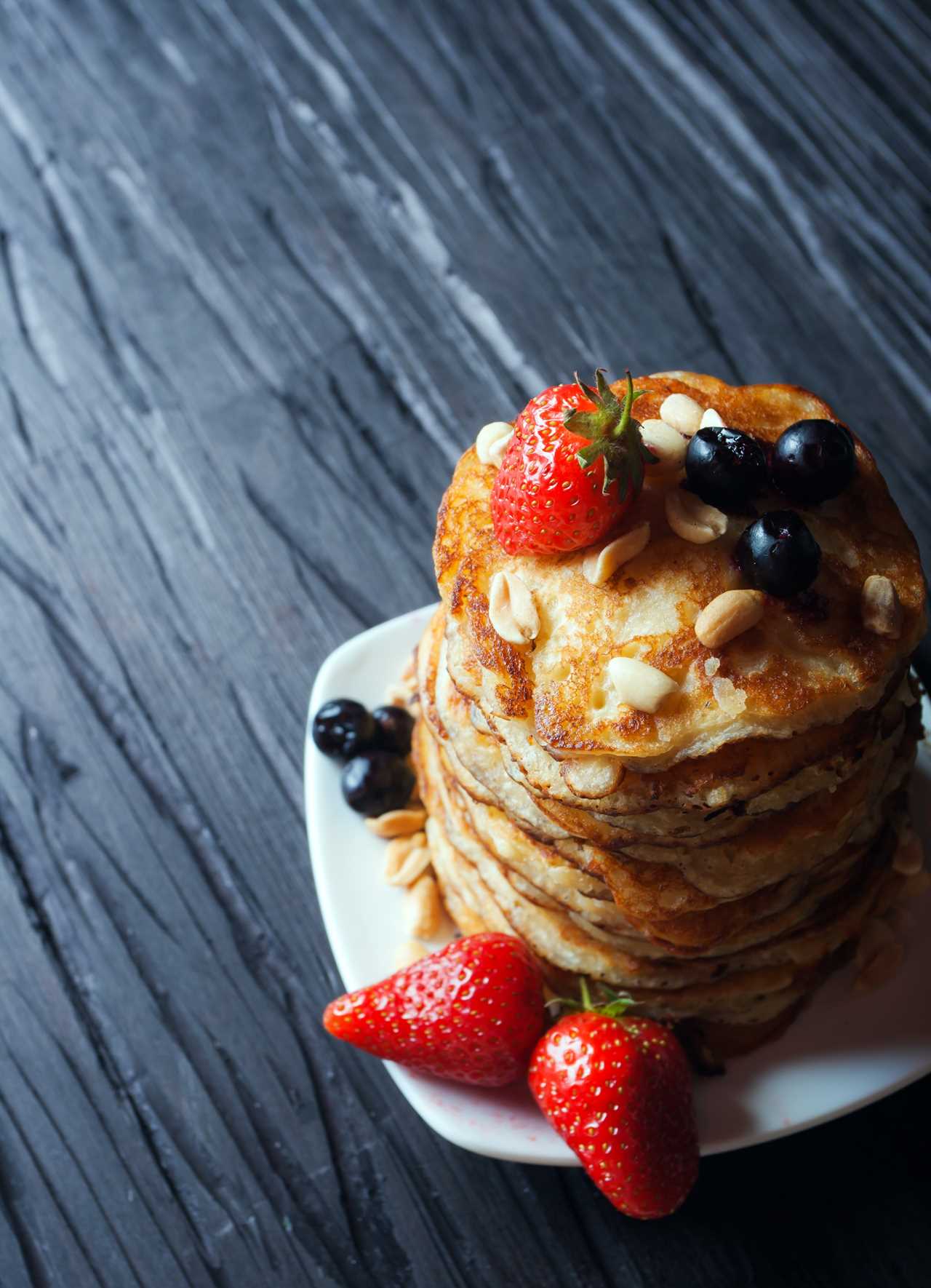
Enjoy the freedom of creating delicious meals with perfectly cooked onions and garlic-infused oil.
Enhancing Tomato Sauce
Add a tablespoon of brown or white sugar to your tomato sauce to enhance the flavor and add richness.
Using sugar in savory dishes may seem unusual, but it can work wonders in maximizing flavor in sauces. The sweetness of the sugar balances the acidity of the tomatoes, resulting in a more well-rounded and satisfying taste.
When added to the sauce, the sugar helps to bring out the natural sweetness of the tomatoes while also reducing any bitterness. It adds depth and complexity to the overall flavor profile, making your tomato sauce more delicious and enjoyable.
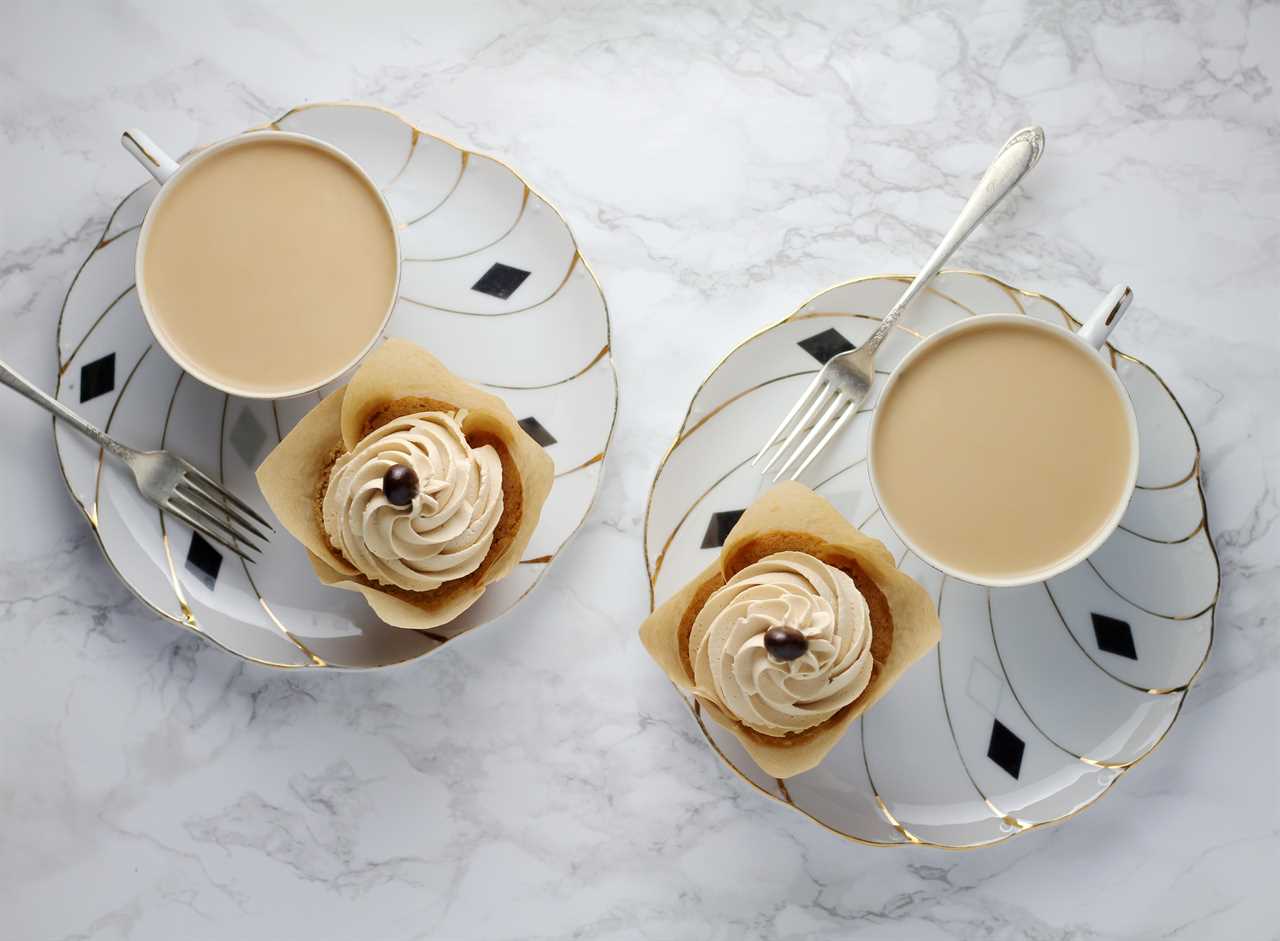
Oven-Baked Chicken
Coat the chicken in mayo before applying the egg-and-bread crumbs coating to achieve a crispy and fried-like taste. This oven-baked chicken secret is known as ‘Mayo magic.’
The mayo not only helps the bread crumbs crisp up nicely, but it also locks in moisture, resulting in juicy meat. Imagine sinking your teeth into a perfectly fried piece of chicken without the guilt of deep frying. That’s the beauty of oven-baked chicken.
The mayo creates a golden crust that mimics the texture and flavor of fried chicken. The result is a crispy coating that encases tender and succulent meat.
Juicing Limes or Lemons
Squeeze the juice out of limes or lemons by firmly rolling them on a cutting board before cutting them open. This simple technique prevents juice waste and ensures you get every last drop of tangy goodness.
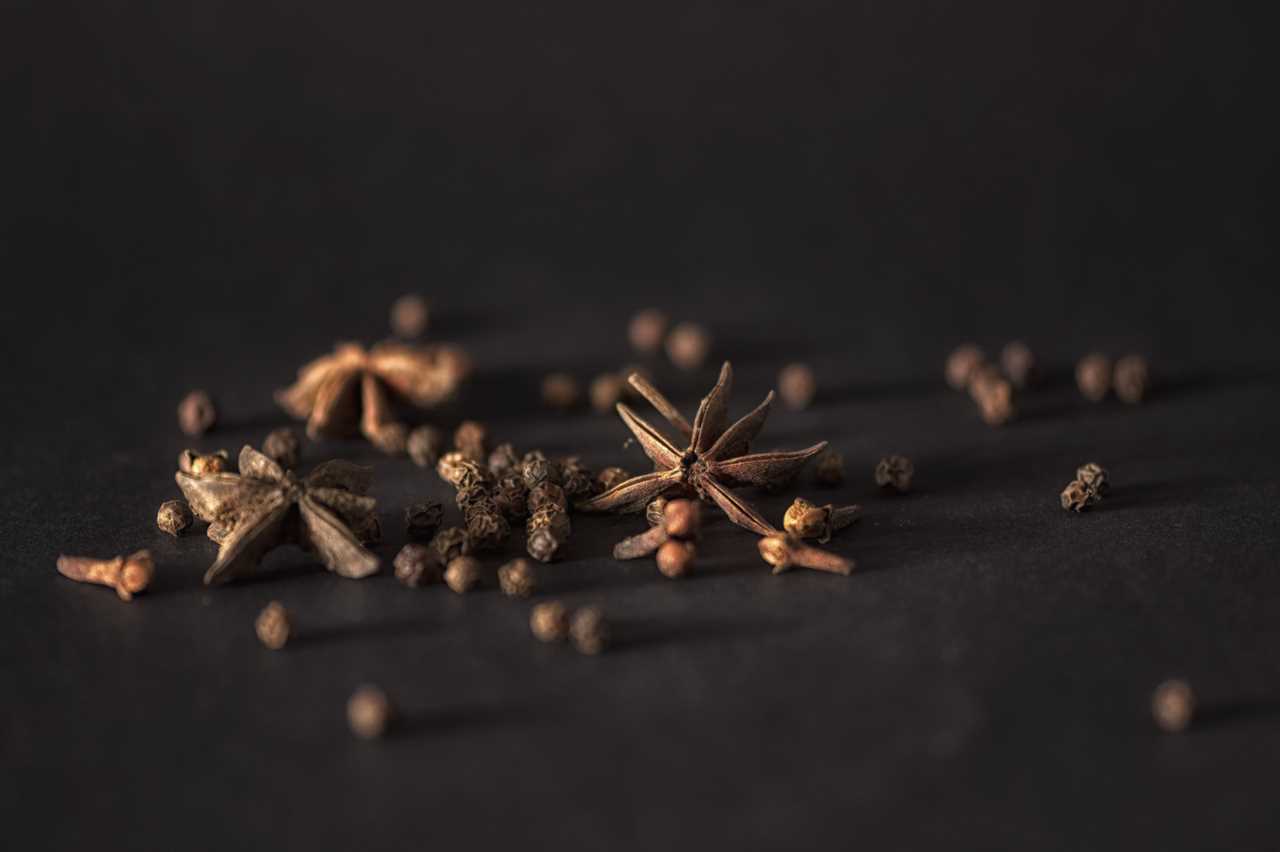
To further maximize your juicing efforts, consider these cutting techniques:
-
Cut the bottom off first: By removing the bottom of the fruit, you allow all the juice to run through and avoid wasting any precious lime or lemon juice.
-
Use a citrus squeezer: For even more efficient juicing, invest in a citrus squeezer. This handy tool helps you extract every drop of juice without the hassle of seeds or pulp.
Reducing Grease Splatters
To minimize grease splatters while cooking bacon, sprinkle a small amount of flour on the bacon strips. The flour acts as a barrier, preventing oil splatters from erupting and causing a messy stovetop.
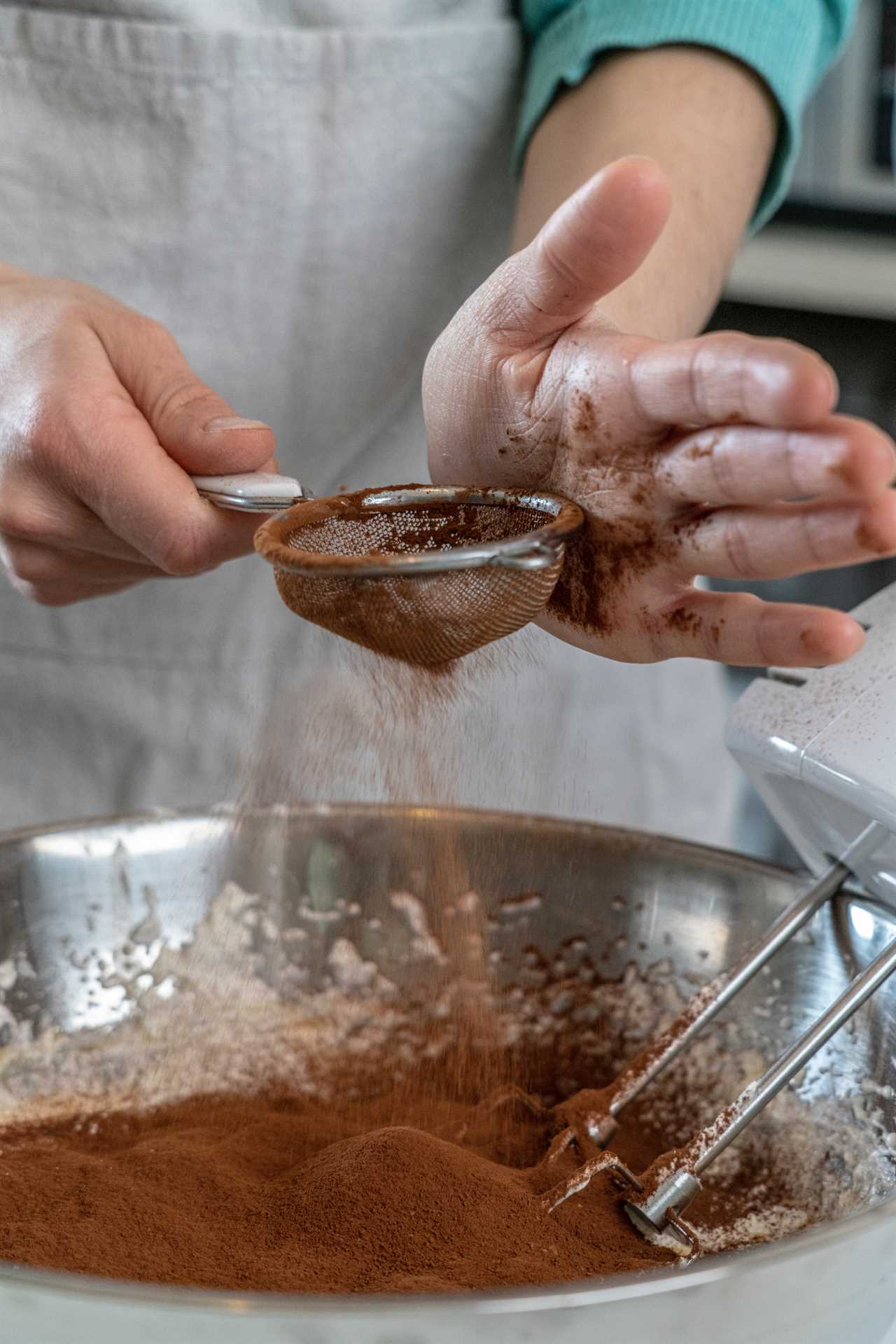
Not only does this alternative method reduce the clean-up hassle, but it also adds an extra layer of crispiness to your bacon. Simply sprinkle a thin layer of all-purpose flour on both sides of the bacon before placing it in the pan. The flour absorbs the excess grease and prevents it from splattering all over your kitchen.
This technique is perfect for those who desire freedom in the kitchen, as it allows you to enjoy the delicious taste of bacon without the hassle of cleaning up oil splatters. Give it a try and enjoy mess-free bacon cooking!
Mess-Free Bacon Cooking
When cooking bacon, you can achieve a mess-free experience by opting to bake it in the oven instead of frying it on the stovetop. Baking bacon saves time and energy and eliminates grease splatters. Plus, you can also repurpose the bacon grease for other delicious dishes.
Here are some creative bacon recipes that make use of that flavorful grease:
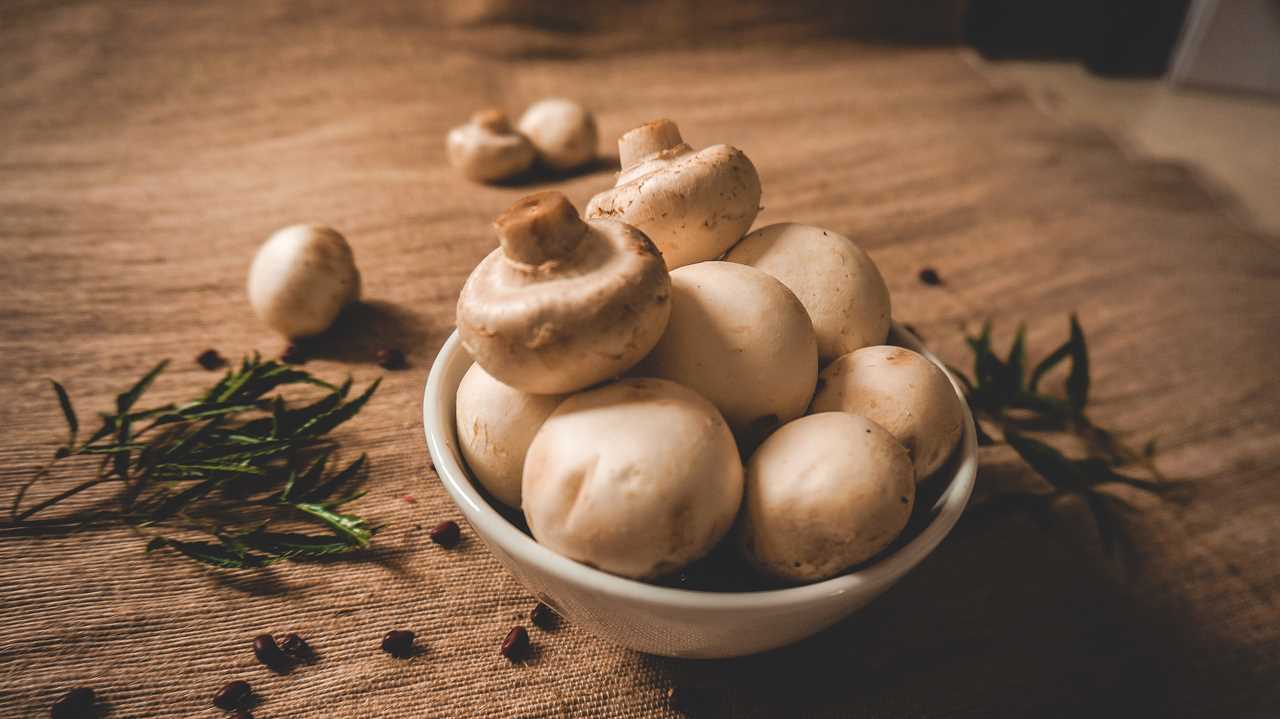
-
Bacon-infused pasta: Cook your favorite pasta and toss it with crispy bacon bits and a drizzle of the reserved bacon grease. The smoky flavor will take your pasta dish to the next level.
-
Bacon-wrapped asparagus: Wrap fresh asparagus spears with crispy bacon strips and roast them in the oven. The bacon grease will add an extra layer of richness to the already delicious combination.
Ground Pepper Vs. Cracked Pepper
If you want to enhance the flavor of your sauces, use finely ground pepper for cooking and save the coarse ground pepper for finishing dishes. Finely ground pepper adds a strong flavor, while coarse ground pepper adds a burst of flavor. When cooking steak, sprinkle finely ground pepper on both sides before searing it to create a flavorful crust. For baking bread, use coarse ground pepper to add a savory kick to the crust. The table below summarizes the differences between the two types of pepper:
| Finely Ground Pepper | Coarse Ground Pepper |
|---|---|
| Strong flavor | Burst of flavor |
| Ideal for cooking | Perfect for finishing dishes |
| Enhances sauces | Adds depth to crusts |
Seasoning Cold Foods
For better taste, season your cold foods more than your hot foods, as the flavors are enhanced when they are cold. When exploring different seasoning combinations, it is important to focus on marinating cold foods to ensure maximum flavor infusion.
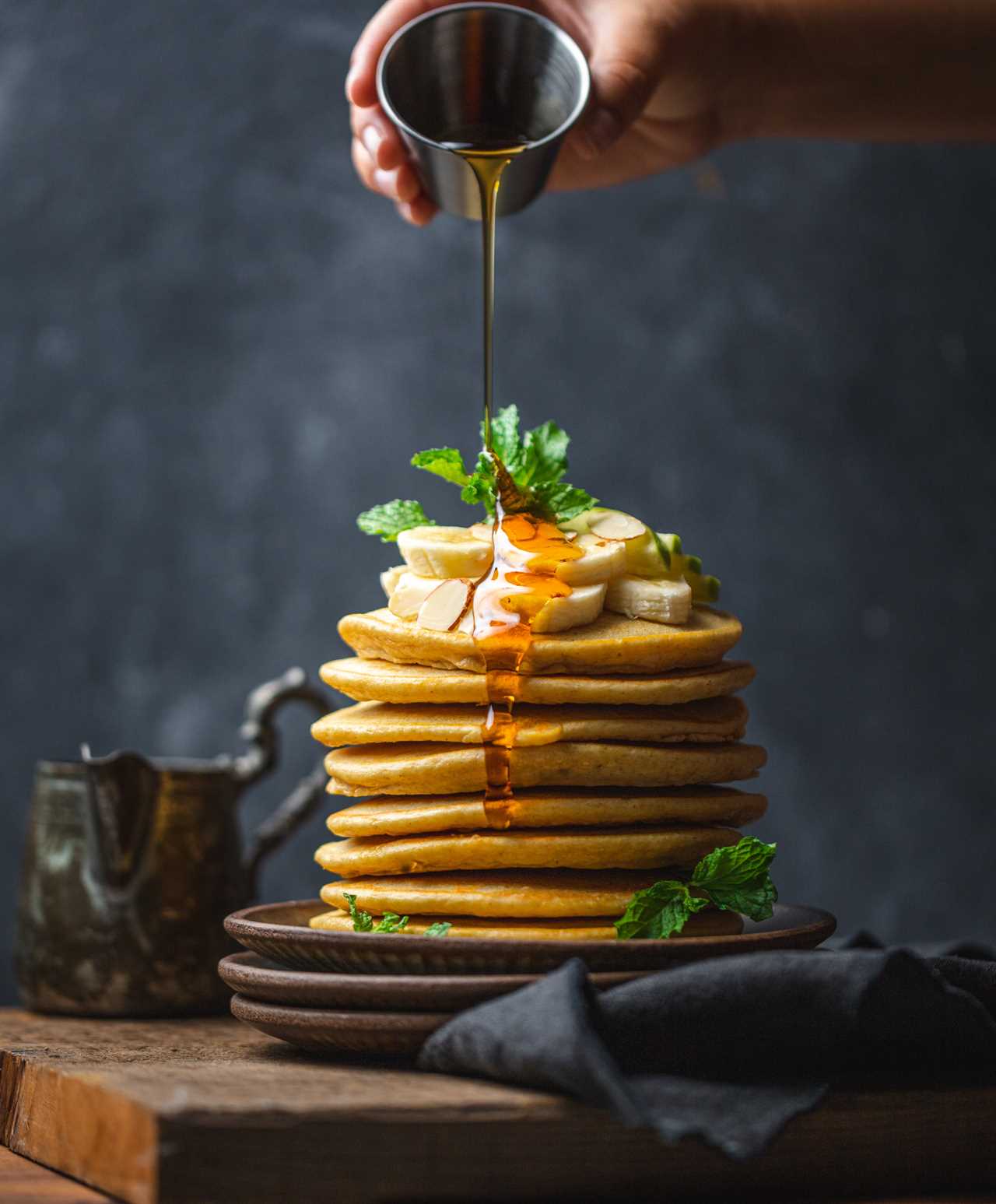
Here are some tips to help you master the art of seasoning cold foods:
-
Marinating: Marinate your cold foods for a longer period of time to allow the flavors to penetrate the ingredients. This is especially important for meats, tofu, and vegetables.
-
Layering flavors: Experiment with different herbs, spices, and condiments to create a complex and delicious taste profile. Don’t be afraid to mix and match flavors to find the perfect combination for your dish.
Remember, the key to seasoning cold foods is to be bold and adventurous. So, go ahead and try out new combinations to elevate your dishes to new heights of flavor.
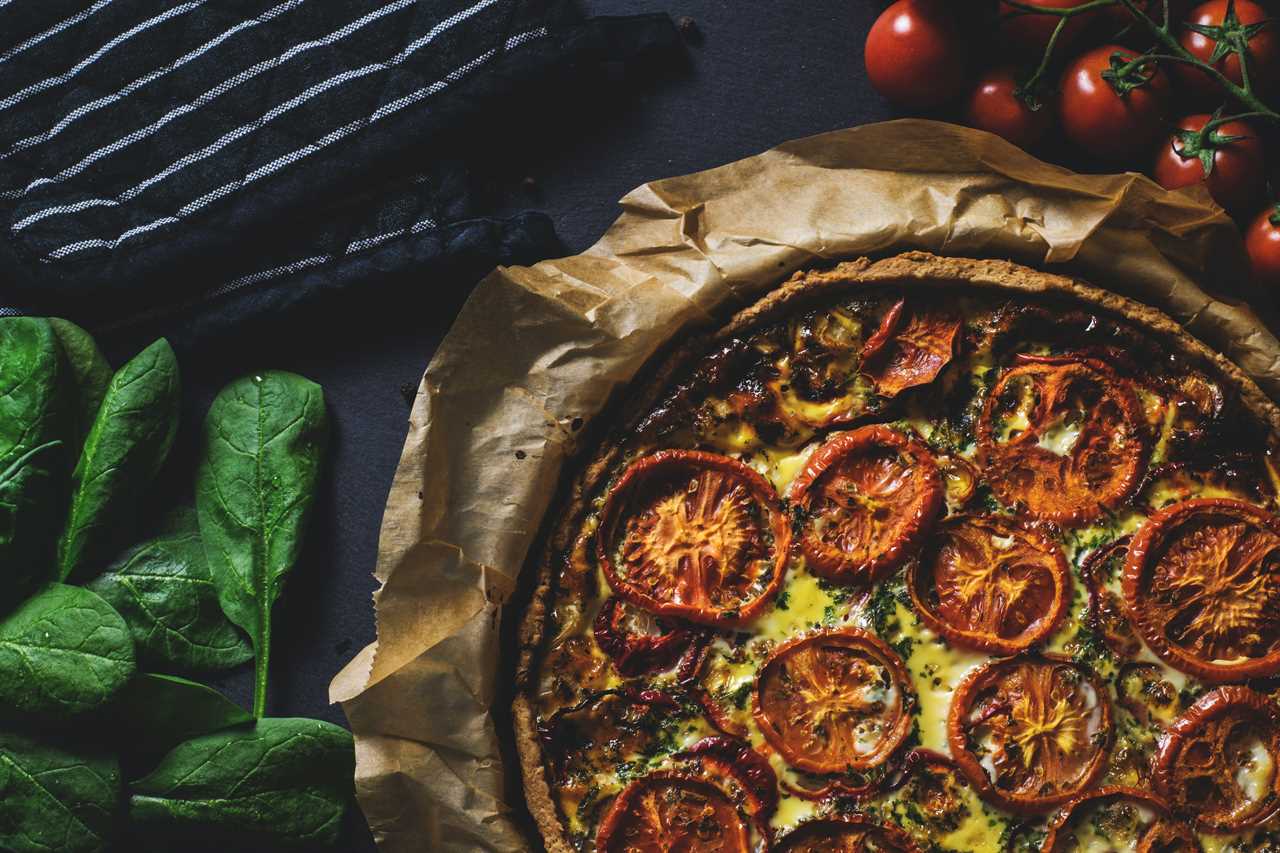
Happy cooking!
Frequently Asked Questions
How Do You Properly Season a Steak for Grilling?
To properly season a steak for grilling, start by patting the steak dry with paper towels.
Liberally season both sides of the steak with kosher salt and freshly ground black pepper. For an extra kick of flavor, add some garlic powder and smoked paprika.
Let the steak sit at room temperature for about 30 minutes to allow the flavors to penetrate.
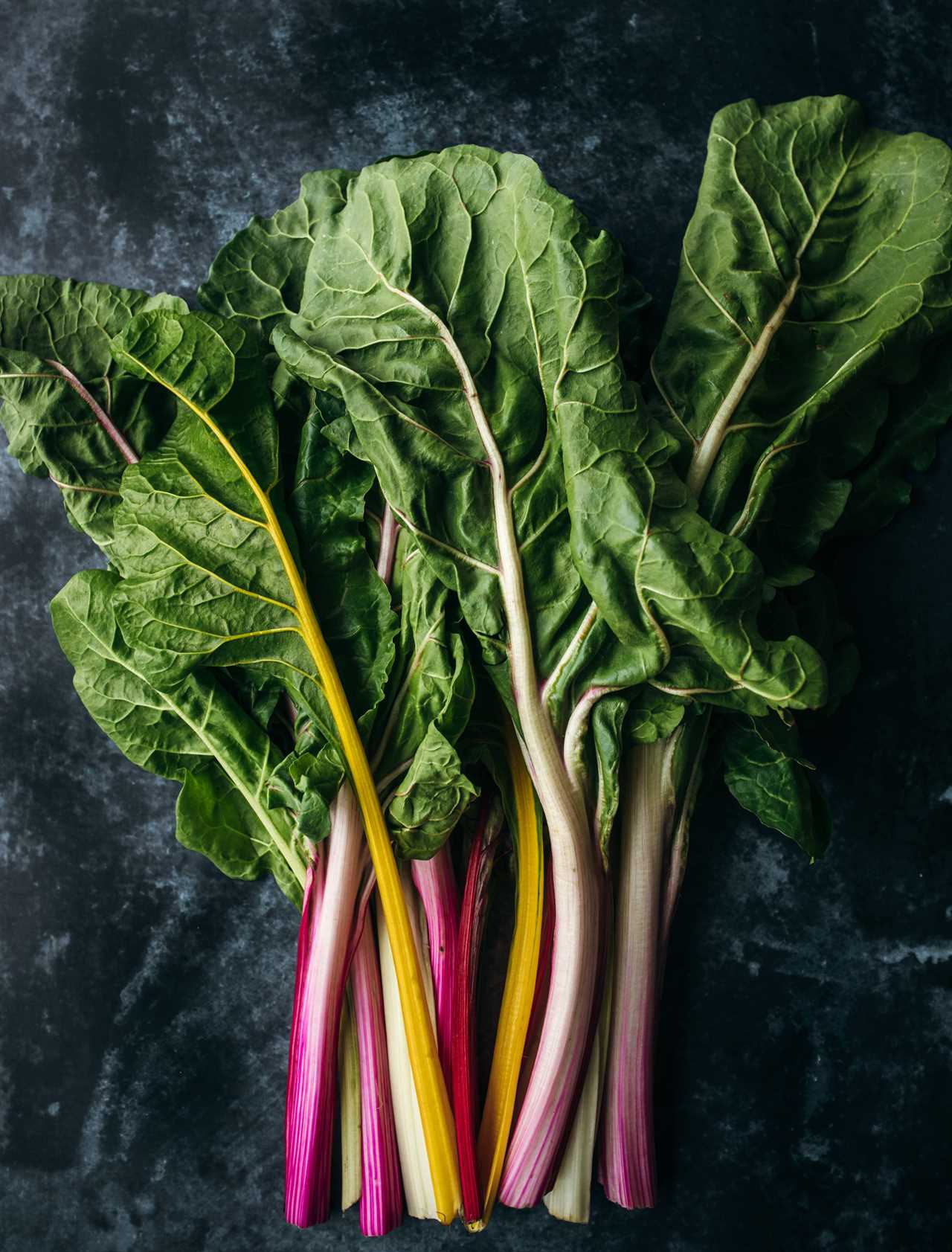
When grilling, preheat the grill to high heat and oil the grates. Cook the steak for a few minutes on each side to achieve the perfect sear.
Rest the steak for a few minutes before slicing and serving.
What Is the Best Way to Cook Pasta to Achieve the Perfect Al Dente Texture?
To achieve the perfect al dente texture, cook pasta by boiling it in a large pot of salted water. The pasta should be tender, yet still have a slight bite to it. Cooking techniques like stirring occasionally and testing for doneness will help you achieve this.
Remember to follow the instructions on the pasta package for cooking time. Drain the pasta promptly and toss it in your favorite sauce or recipe.
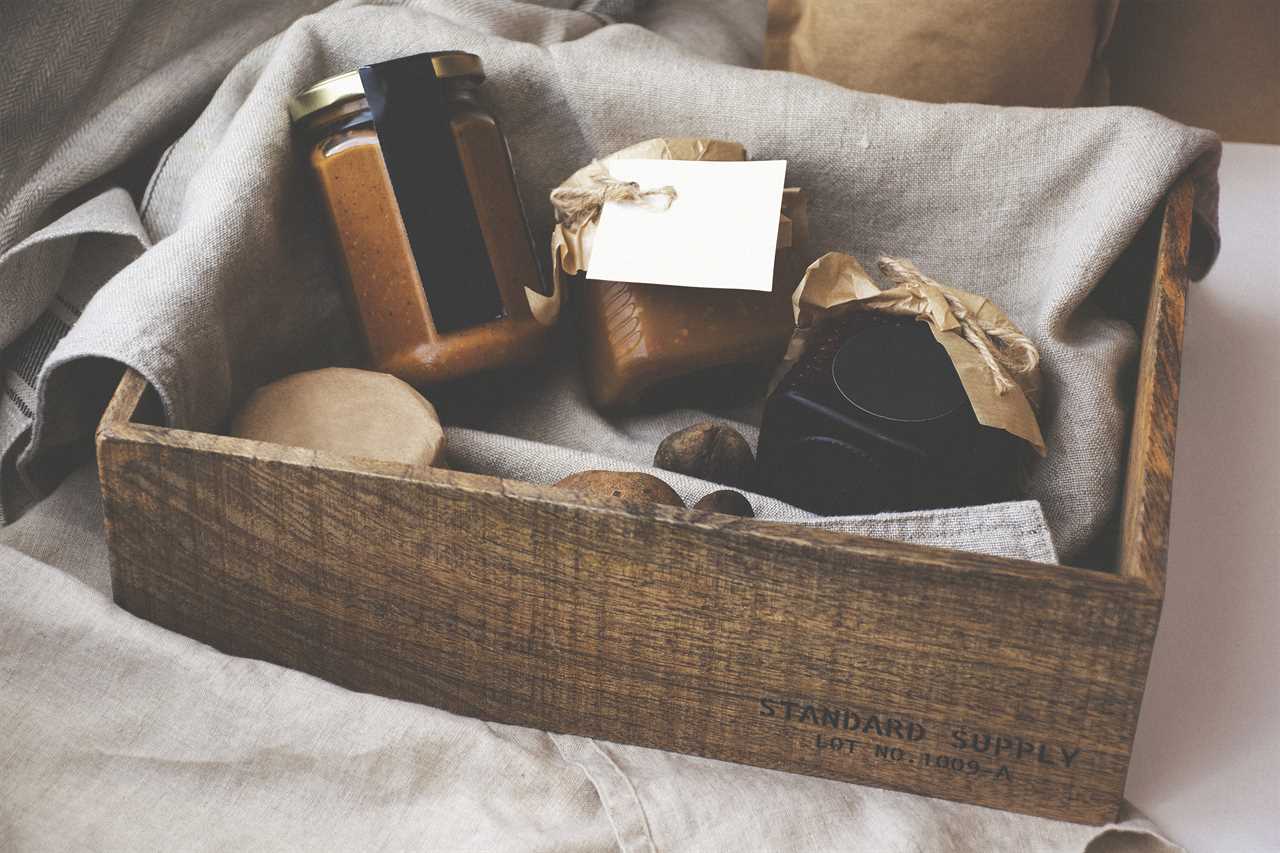
Enjoy the freedom of creating delicious pasta dishes at home!
How Can I Prevent My Cookies From Spreading Too Much While Baking?
To prevent your cookies from spreading too much while baking, there are a few tips you can follow.
First, make sure your butter is at the right temperature – too soft and the cookies will spread.
Also, chilling the dough before baking can help.
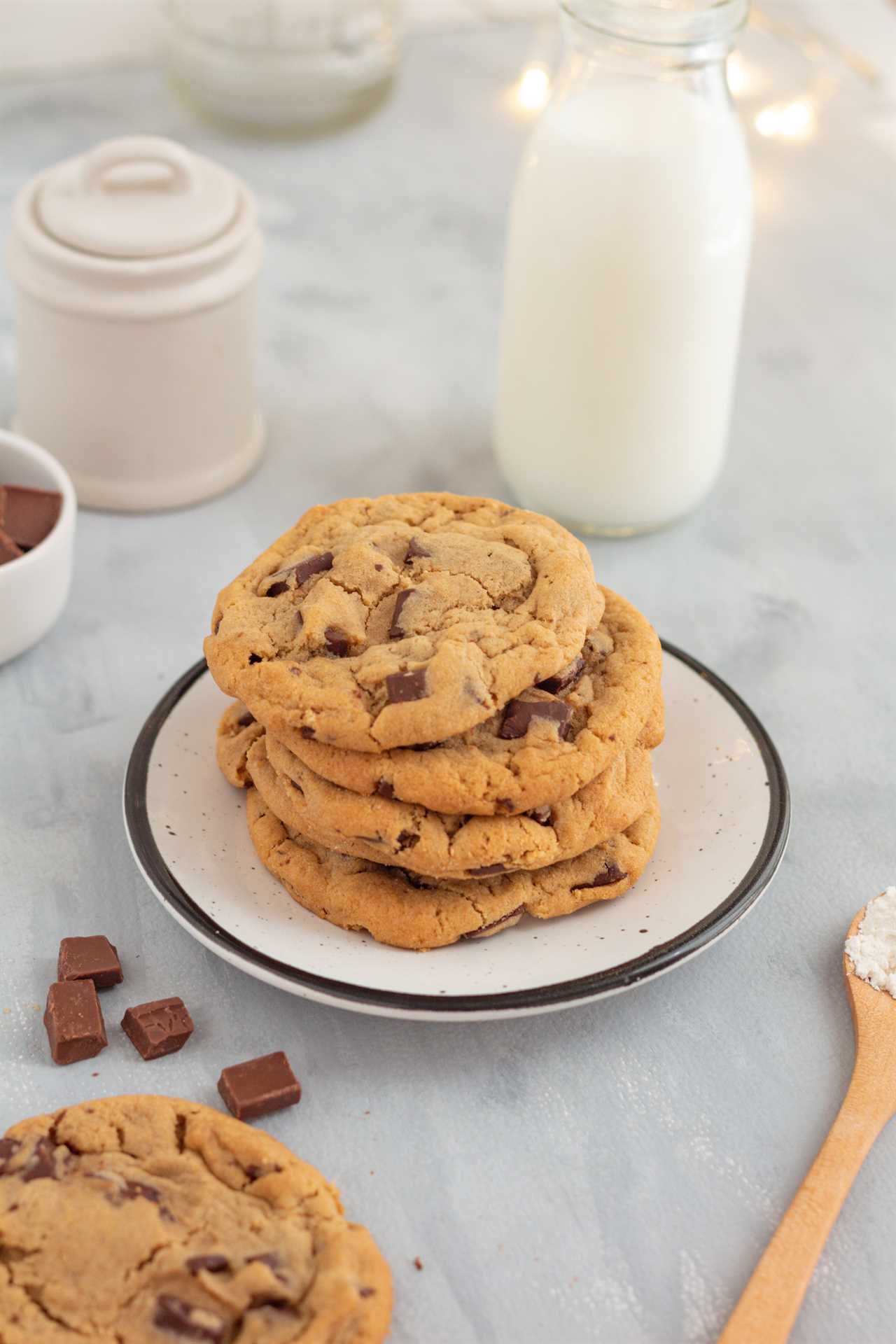
Another trick is to use a higher ratio of brown sugar to white sugar, as brown sugar retains moisture and creates a chewier texture.
What Is the Secret to Making a Light and Fluffy Omelette?
To make a light and fluffy omelette, the secret lies in your technique.
Start by whisking the eggs vigorously, incorporating air for that airy texture.
Use a nonstick pan and melt butter for a flavorful base.

Pour the beaten eggs into the pan, then gently push the cooked edges towards the center, allowing the uncooked eggs to flow to the sides.
Add your flavorful fillings, fold the omelette in half, and let it cook until the center is set.
Enjoy the freedom of a perfectly fluffy omelette!
How Can I Prevent My Homemade Bread From Becoming Too Dense?
To avoid dense homemade bread, make sure to use the right amount of yeast and knead the dough properly. Let the dough rise in a warm place until it doubles in size. Punch it down and let it rise again before baking.
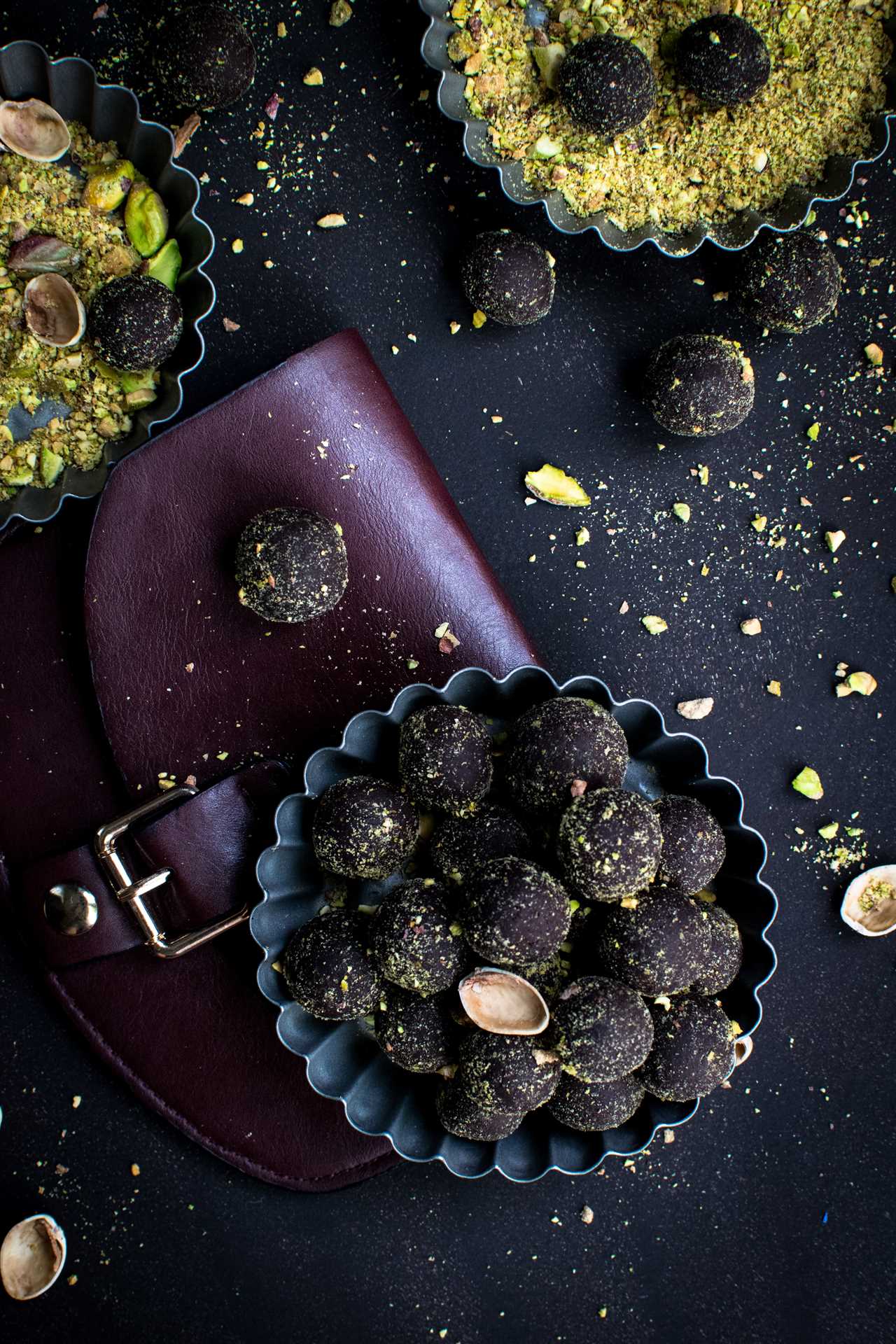
Also, adding a bit of sugar to the dough can help create a lighter texture.
For light and fluffy omelettes, beat the eggs well and incorporate air into the mixture. Cook them gently over low heat and avoid overcooking.

